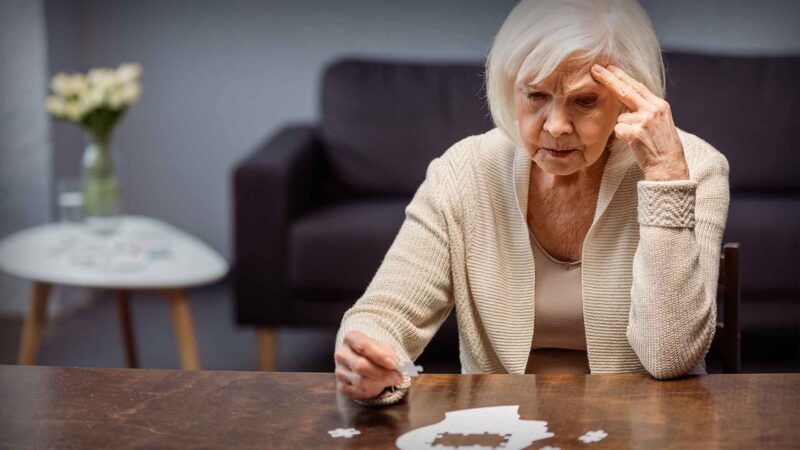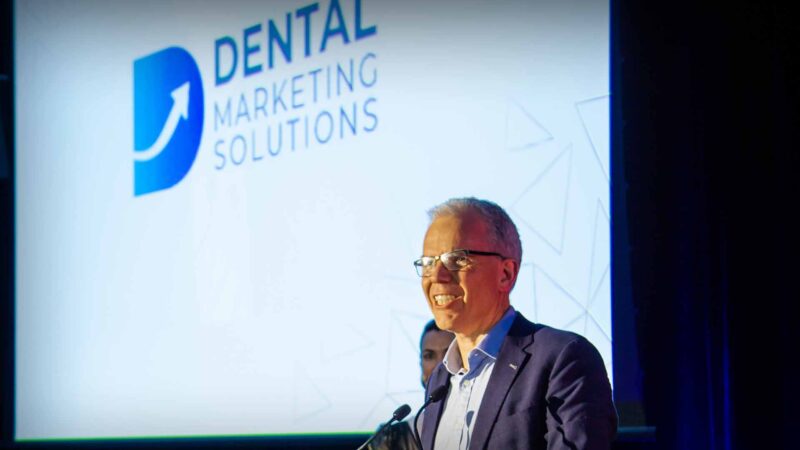A world-first clinical trial conducted at the Royal Adelaide Hospital (RAH) and at hospitals across Australia and New Zealand has identified the best fluid treatment to reduce the risk of patients requiring dialysis after a kidney transplant.
Around one in three people who receive a kidney transplant suffer delayed graft function, which means the transplant doesn’t work immediately and they require dialysis.
To reduce the risk of this occurring, patients are given up to eight litres of IV fluid in the first two days after a kidney transplant.
The BEST Fluids trial compared the use of two intravenous (IV) fluids, Plasma-Lyte 148 and saline, finding Plasma-Lyte 148 reduces the need for dialysis by 25 per cent.
Australian Health Journal spoke with the lead-author of the study, RAH Nephrologist and University of Adelaide researcher, Dr Michael Collins.
Dr Collins provided background by stating, “While both types of fluids have been used during kidney transplantation in recent years, until now there had been little robust evidence to demonstrate which one was the most effective and safest to use.”
During the four-year study, these fluids were trialled in 808 patients with kidney failure, who received a kidney transplant from a deceased organ donor at the RAH and 15 other hospitals in Australia and New Zealand.
Saline is the most common type of IV fluid and contains salt (sodium chloride) and water and has been the standard treatment in kidney transplantation. Plasmalyte 148 is a balanced crystalloid fluid containing a mixture of salts, which more closely resembles what is in human blood.
Researchers at the University of Adelaide and University of Sydney, working with the Australasian Kidney Trials Network team and the ANZDATA Registry at the South Australian Health and Medical Research Institute (SAHMRI), found 30 per cent of participants who received Plasma-Lyte 148 needed dialysis after transplant, compared with 40 per cent of participants who received saline.
Commenting on the findings and potential impact to clinical care, Dr Collins said, “Our finding of a substantial reduction in dialysis with balanced crystalloid compared with saline, without any increase in complications or side effects, provides a strong justification to change clinical practice.”
Using Plasma-Lyte 148 did not result in more complications or side effects compared to saline. At one year after the transplant, both groups had similar levels of kidney function while rates of death, rejection and loss of kidney transplant function were also similar for both groups.
The results of the study are now being used to improve the health of kidney transplant patients in Australia and New Zealand and it is likely that practice will change at transplant units around the world.
Dr Collins added, “Balanced fluids are relatively cheap and widely available, so we hope this practise can now be used for most of the estimated 200,000 kidney transplant operations conducted across the globe each year.”
The BEST Fluids trial was funded by the National Health and Medical Research Council (NHMRC) administered Medical Research Future Fund (MRFF) Australia, the Health Research Council of New Zealand, and the Royal Australasian College of Physicians, with trial fluids supplied by Baxter Australia and New Zealand. The results of the study have been published in The Lancet.
You Might also like
-
Role of milk in cognitive function and quality of life in older adults
New research emphasises the role of cows’ milk, particularly A1 protein free milk, in enhancing cognitive function and quality of life for older adults with mild cognitive impairment (MCI). A multi-centre, double-blinded, randomised controlled clinical study published in *The Journal of Nutrition, Health and Aging* evaluated 88 milk-tolerant Chinese adults aged 65-75 over three months. Participants consumed either ordinary skim milk or A1 protein free skim milk, leading to improvements in various cognitive assessments.
-
Dental marketing insights from leading authority
Winning the Australian Dental Industry Award for Marketing has had a big impact to Dental Marketing Solutions. As Angus comments in closing, “Receiving the award is social proof to say, well, these guys must know something, because an independent body of their peers has assessed them and said”. He added, “Certainly it’s been good in terms of building our business.”
-
Practising to top scope of urology practice, advancing treatment & patient care through research
Michael is a urology nurse practitioner with a special interest in prostate cancer survivorship, and has worked in urology for the past ten years. Michael has completed the Prostate Nursing Care course at Latrobe University, Graduate Certificate of Health with a specialisation in Scheduled Medicines (USQ), and the Master of Nursing (Flinders) to become a Nurse Practitioner in 2024.
As a Urology Nurse Practitioner he divides his time between the Australian Prostate Centre and Western Urology.



